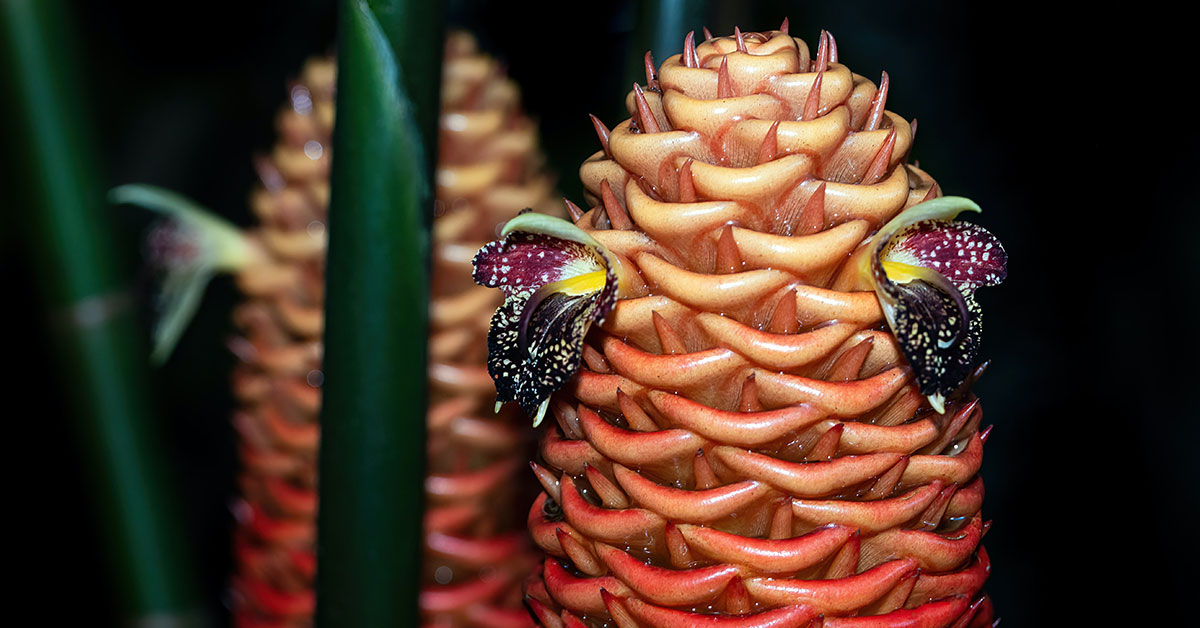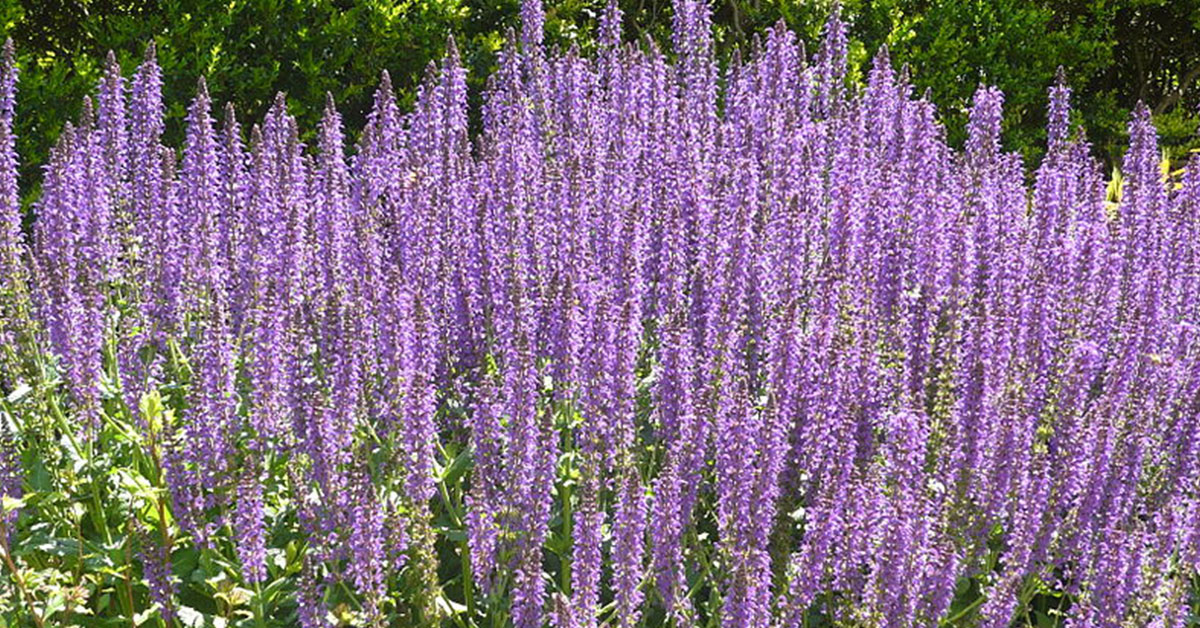Beehive ginger (Zingiber spectabile) is a unique, rare species of ginger that has recently become popular among gardeners and farmers. Its beautiful, ornamental beehive-shaped flower heads and stunning presence make it a very desirable plant. Native to Thailand and Indonesia, this ginger is prized for its ability to attract bees, butterflies, and other beneficial insects to the garden. With its bright flowers, bold foliage, and stunning presence, beehive ginger is a great addition to any garden. Not only is it aesthetically pleasing, but it also has a range of medicinal qualities, making it a valuable medicinal herb. We’ll discuss the benefits of growing beehive ginger, how to cultivate it, and how to use this tropical plant.
What Is Beehive Ginger?
Beehive ginger is a type of ginger that is grown for its edible rhizome. Which is used for medicinal and culinary purposes. This plant has been grown for centuries in tropical climates, particularly in India, and is a popular choice for home and commercial use. Its rhizomes are known for their strong, spicy flavor and their wide range of medicinal benefits. People grow beehive ginger for its healing properties, flavor, and its versatility. In addition to being used in traditional dishes, it can also be used to make tea and as an ingredient in beauty products. It is also an excellent choice for gardeners who want to add a touch of flavor to their gardens. With its distinct taste and its many uses, this tropical plant is an important part of many cultures. It is no wonder why it continues to be grown by people around the world.
How To Grow Beehive Ginger
Growing beehive ginger is relatively easy and doesn’t require much maintenance. To get started, you’ll need to purchase a rhizome (the root structure of the plant). Plant the rhizome with the shoots facing upwards in a well-draining, loamy soil mix and water regularly. This tropical plant enjoys plenty of sunlight, so make sure to plant it in an area that receives at least six hours of sun a day. Be sure to keep the soil slightly moist at all times, but not overly wet. The plant will bloom within a few months of planting and will continue to bloom throughout the spring and summer. Beehive ginger is a relatively low-maintenance plant and will thrive with minimal effort if given the right environment to grow.
However, this is a tropical plant that generally prefers a hot, humid climate to thrive. Growing natively in hardiness zones 9-11. It requires temperatures between 75 to 95 degrees Fahrenheit and will not tolerate temperatures below 50. Beehive ginger needs a shaded location with plenty of indirect sunlight and high humidity. It should be watered regularly and mulched heavily. A good soil mixture for beehive ginger is one part loam, one part peat moss, and one part perlite. Beehive ginger will not tolerate frost and should be moved indoors during the winter months.
Using A Greenhouse For Tropical Plants
With the right conditions, it can be grown in a greenhouse. Greenhouse gardening offers many benefits for growing Beehive Ginger. The humidity and temperature can be controlled more easily, allowing for a more consistent environment for the plant. The soil in a greenhouse can also be monitored more accurately for nutrient levels, allowing for a more successful crop. Additionally, the protection that a greenhouse offers can help protect this tropical plant from pests, wind, and other environmental factors. Overall, a greenhouse can be an ideal environment for growing tropical plants, allowing for a successful and abundant crop.
Beehive ginger is a tropical plant native to the rainforests of Southeast Asia. In order to successfully grow this beautiful plant in other climates, gardeners must mimic its natural environment. This can be accomplished by providing the plant with plenty of indirect sunlight and high humidity. Beehive ginger prefers soil that is consistently moist but not soggy, so it is important to water it regularly. Additionally, the plant can benefit from occasional mistings to mimic the humidity of a tropical rainforest. This tropical plant can also be grown in containers with a soil mix of one-part peat moss and one-part perlite or vermiculite.
Monitor For Pests And Diseases
Common pests that can affect beehive ginger include scale, mealybugs, and whitefly, which can all cause damage to the leaves and stems of the plant. These pests can also cause the plant to become stunted, wilt, and eventually die if left untreated. Diseases that can affect this tropical plant include powdery mildew, root rot, and leaf spot, which can cause spots and discoloration on the leaves and stems. Additionally, this plant can be affected by root-knot nematodes, which can stunt the plant’s growth and reduce its vigor. If you notice signs of pests or diseases on your beehive ginger, it’s best to take immediate action to control them before they cause irreparable damage.













